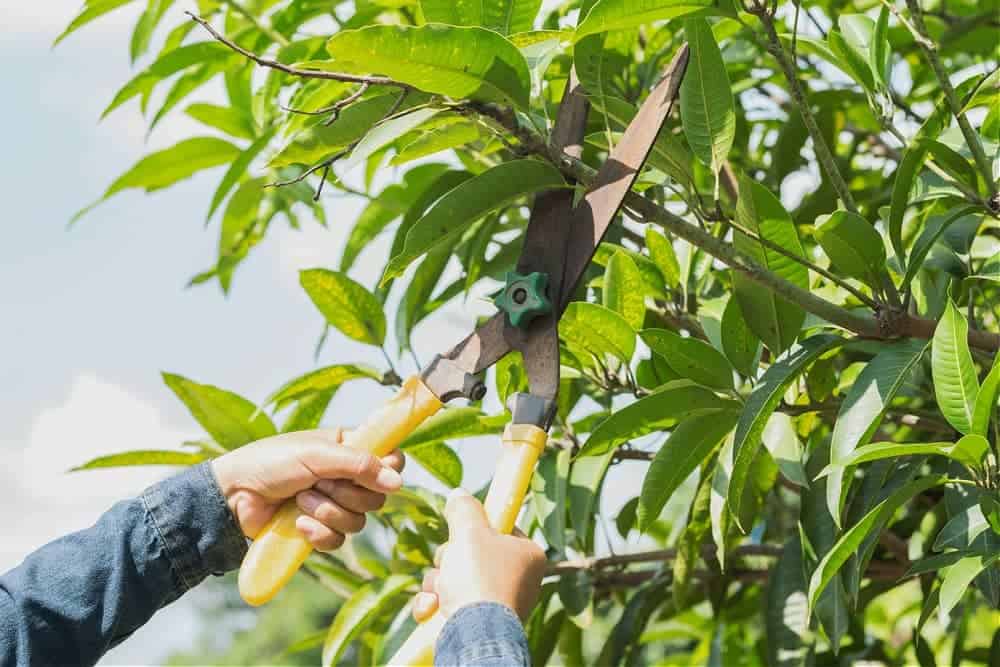Mangoes are the ultimate summer fruit — they’re delicious no matter the preparation.
Even better, you can grow a mango tree right in your backyard! However, it needs proper care and maintenance to produce those yummy fruits — and pruning is a key step.
Knowing when and how to prune a mango tree ensures you keep it healthy and productive. It’s especially important when the tree is young (2–3 years) as pruning will determine its mature shape and size.
Well-pruned mango trees have better form, better yield, and better fruits. Give your “king of summer” tree a crown it can be proud of — it’ll make the fruits (haha!) of your labour that much sweeter.
When to Prune | Before Pruning | Pruning a Young Mango Tree | Pruning Mature Trees | Pruning an Overgrown Tree
Do You Need to Prune a Mango Tree?
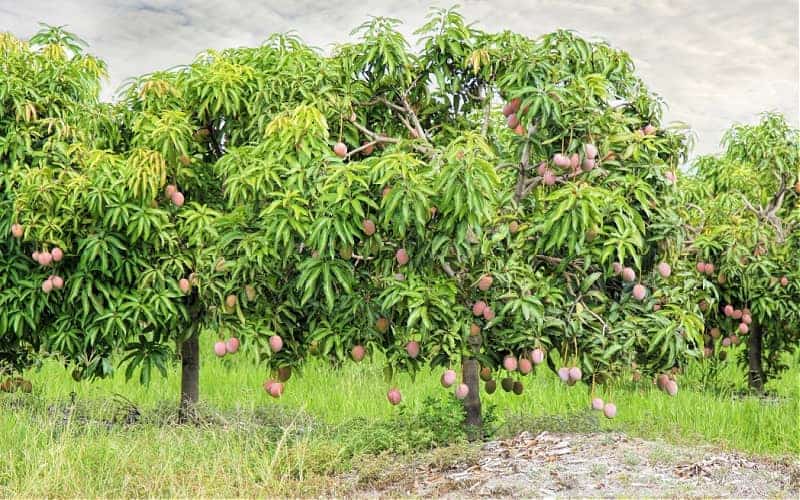
Like other fruit trees, yes, you need to prune your mango tree!
Depending on which mango variety you grow, these tropical trees can get big if left unattended — well over 15m high and 10m wide. (Whew!)
Regular pruning keeps your mango tree at a manageable size, usually around 3-5m. It can also encourage branching, which means more fruits.
Other benefits of mango tree pruning include:
- Healthier growth
- More stable yields
- Neat, open canopy
- Improved air circulation
- High-quality fruit production
And of course, small mango trees mean an easier time picking mangoes during harvest season!
On the other hand, an unpruned tree is more susceptible to fungal diseases and pest problems. It may also have less growth and lower-quality fruit.
When Do You Prune Mango Trees in Australia?
When to prune mango trees matters a lot — if you do it at the wrong time, you risk harming the plant.
For mango tree pruning, the first 2-3 years are the most important. During this time, the tree is rapidly growing, so trimming lets you control the shape and branch forms.
After planting mango trees in autumn, do the first pruning in spring or summer (January to April) after the tree reaches at least 1.0m in height.
The second pruning occurs immediately after the first harvest, in the second or third year after planting.
The third pruning should be completed 2–4 weeks before flowering time (typically in May).
Do not prune after the flowers start blooming! This can stimulate vegetative flush, or rapid leaf growth at the ends of stems — meaning your tree will put out new leaves and shoots instead of producing fruit.
Avoid cutting back too heavily as well, since the tree may not return to fruiting for another few years.
In subsequent years, any maintenance pruning can be done in the dormant season — late winter to early spring (August to September).
Before Pruning: Helpful Tips
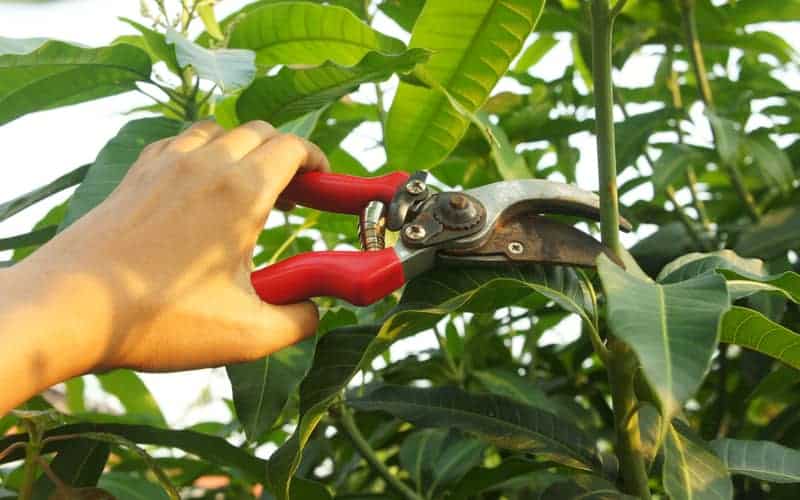
Disinfect and sharpen your shears before working! You can use a little 70% isopropyl alcohol or 3% hydrogen peroxide, then wipe the blades with a clean cloth.
This lessens the risk of disease or similar issues after pruning.
When trimming a large branch at the base, make a small cut (about 3–5cm) on the underside of the branch. Then cut the rest of the way from the top side.
Doing this prevents the branch from weighing itself down and tearing off, which could result in a mangled cut and tree damage.
For thick or upright branches, cut at a slight angle to prevent moisture from pooling on the exposed surface, which could lead to rot.
Moreover, if the branch is very long, trim it off in sections! This minimises the risk of the branch falling and breaking off other stems — or injuring you.
Pruning a Young Mango Tree
There are precise mango pruning techniques at each key point, so be careful! Improper trimming risks damaging the plant.
When pruning mango trees, you’ll need:
- Gardening gloves
- Pruning shears (for branches up to 2cm thick)
- Lopping shears (for branches up to 5cm thick)
- Pruning saw (for branches up to 15cm thick)
If some branches are out of reach, use a sturdy gardening ladder or stepladder when working.
First pruning: spring or summer
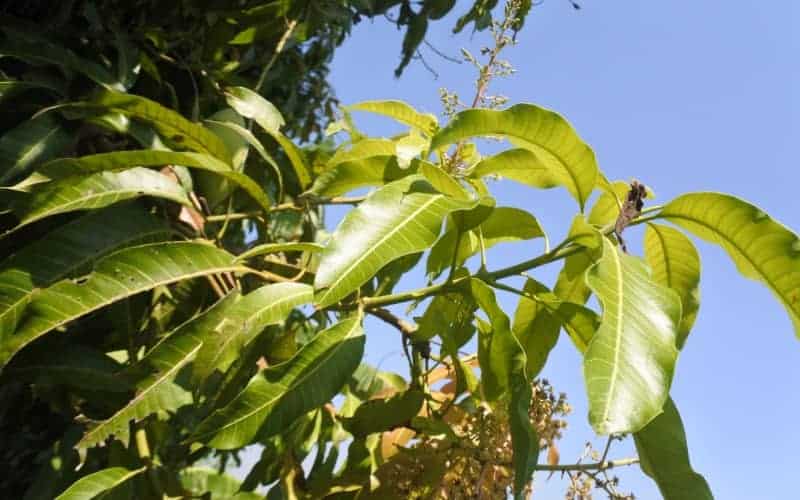
The first prune is during the tree’s first spring or summer, once it’s reached at least 1.0m in height. This helps keep a mango tree small and determines its mature shape.
Using your pruning shears, trim the main shoot to 0.7–0.8m in height. Cut underneath the “ring of buds,” or a concentrated spiral of at least 3 leaves around the stem.
This will stimulate the young tree to produce shoots from the buds of the remaining leaves. It also limits the number of new stems, as too many could weaken the stem and lead to breaking.
Next, choose 3-4 strong horizontal branches that are evenly spaced. These will form the main foundation and shape of your fruit tree.
Trim off the remaining branches at the base with neat and precise cuts.
Wait for the tree to grow to above 1.0m again — sometime between 6–18 months after the first prune. The horizontal branches should develop new shoots and dark green leaves.
Again, trim the main stem back to 0.7–0.8m in height. For the healthy branches, cut them to a length of 0.6-0.8m, beneath a ring of buds. Remove the other shoots.
Second pruning: after the first harvest
After 2-3 years, your mango tree should be sturdy enough to bear fruit! This is the next key time for pruning — you’ll need to work immediately after harvest.
Start by removing lower branches or hanging branches along the stem, up to 1.2m from ground level. This process is called “skirting,” and helps prevent fruit from touching the ground.
Next, cut any vertical branches to 0.2m in length, close to the trunk. This helps keep a more compact shape and encourages horizontal growth.
Cut back the side branches to 0.5m from the main trunk.
Lastly, do some light pruning in the centre of the tree. Remove dead twigs, diseased branches, and any tangled growth.
By doing this, you open up the canopy, allowing more sunlight and air to reach the leaves and branches. Pruning at this time also prepares your mango tree for the next season.
Third pruning: before flowering
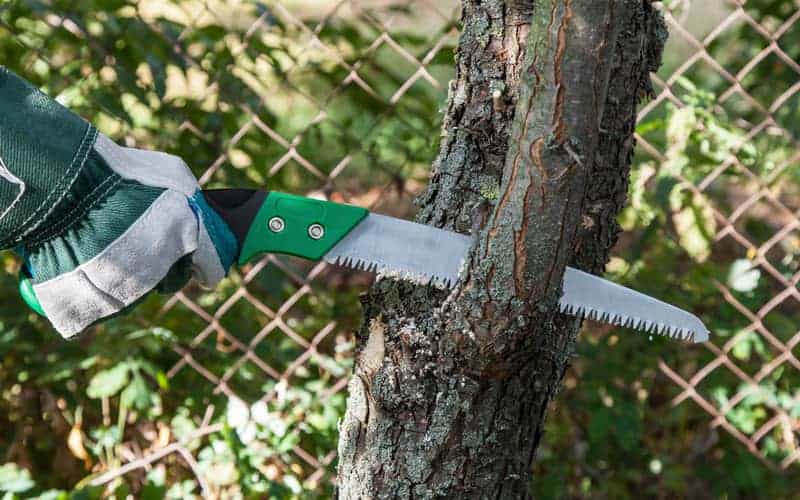
This is a very time-sensitive process and must take place 2–4 weeks before flowering season.
Mango flowering in Australia can occur between May and September, but the ideal flowering time is between June and July. This means you’ll need to do pre-flowering pruning from late April to mid-May.
Doing this too late could risk crop loss.
Choose one of the large branches, ideally one that grows vertically or is unruly. Remove it using loppers or pruning saws (depending on diameter).
By cutting off a main branch, the tree can put more energy into producing fruit.
Trim the horizontal branches so they’re at least 0.5m away from nearby trees. This ensures your tree gets enough air circulation, space, and sunlight to grow.
If you notice vegetative flush, do some tip pruning! Cut back the leafy growth until you get to mature wood.
Finally, do some tree maintenance. Remove clutter such as dead twigs or unruly growth, especially in the middle-topmost area.
Pruning and Maintaining a Mature Mango Tree
After the first few years, your tree should have grown into a good shape and size, so there’s no need for major pruning.
Over the next couple of years, you’ll only need to perform the pre-flowering pruning process. This will help keep the tree productive and encourage healthy growth.
Once the tree has fully matured (7+ years), even the pre-flowering pruning should no longer be necessary. You’ll only need to remove any diseased or dead branches and keep the canopy neat.
Keep your tree — and other plants — looking its best by tagging in a professional pruning service!
Pruning an Overgrown Mango Tree
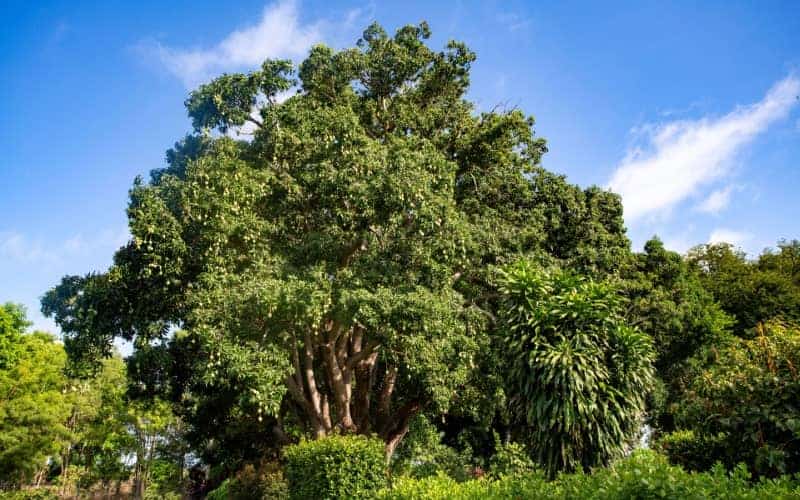
Overgrown mango trees are usually the result of poor pruning or neglect. These trees are often too tall (over 5m) with crowded or tangled branches.
It’s possible to save an old, overgrown mango tree and revitalise it through hard pruning! However, keep in mind that it may take up to 3 years for the tree to bear fruit again.
There are two stages to pruning an overgrown mango tree.
1. Cutting back the main trunks
You’ll need professional help for this — it can be very dangerous to cut a large tree on your own.
Identify the main or central trunk and cut it down to 3–4m above ground level. Make sure to cut above a spot with several side branches that have several healthy leaves.
The remaining branches and leaves will protect the exposed cut from scorching or sunburn. You can also use a pruning sealer or tree wound sealer to cover the cut area.
2. Trimming the branches
This process will be similar to a young tree’s first pruning, as it helps you reshape the overgrown tree and promotes regrowth.
After cutting the main trunk, wait until the remaining side branches put out new shoots and growth. Too much pruning in a too-short period could put your tree into shock.
Once you see plenty of new growth, select 3–4 of the healthiest and most vigorous branches. Choose ones that are as evenly spaced as possible and at slightly different heights.
Cut the rest of the shoots and branches down to the trunk. Repeat this process on the side branches until you get the tree back into a manageable shape and size.
More About Mango Tree Care
The ideal form for a backyard mango tree is small and spreading! A tree with a modest height and open canopy typically has more stable production and better fruits.
You’ll also have an easier time getting the fruits! Make sure to harvest before they’re mature but not quite ripe — you can always ripen mangoes off the tree.
Besides pruning, mulching and weed removal are key parts of maintenance. Mulch helps the soil retain moisture and stay cool, while removing weeds prevents competition for nutrients.
Keep your mango tree in the best growing conditions possible. That means hot and humid summers, lots of sunlight, and shelter from strong winds.
With a healthy and happy mango tree, you’ll get all that scrumptious fruit for making smoothies, icy poles, desserts… We could (man)go on forever!

